Home>Gardening & Outdoor>Landscaping Ideas>How To Get Rid Of Bermuda Grass In Flower Beds
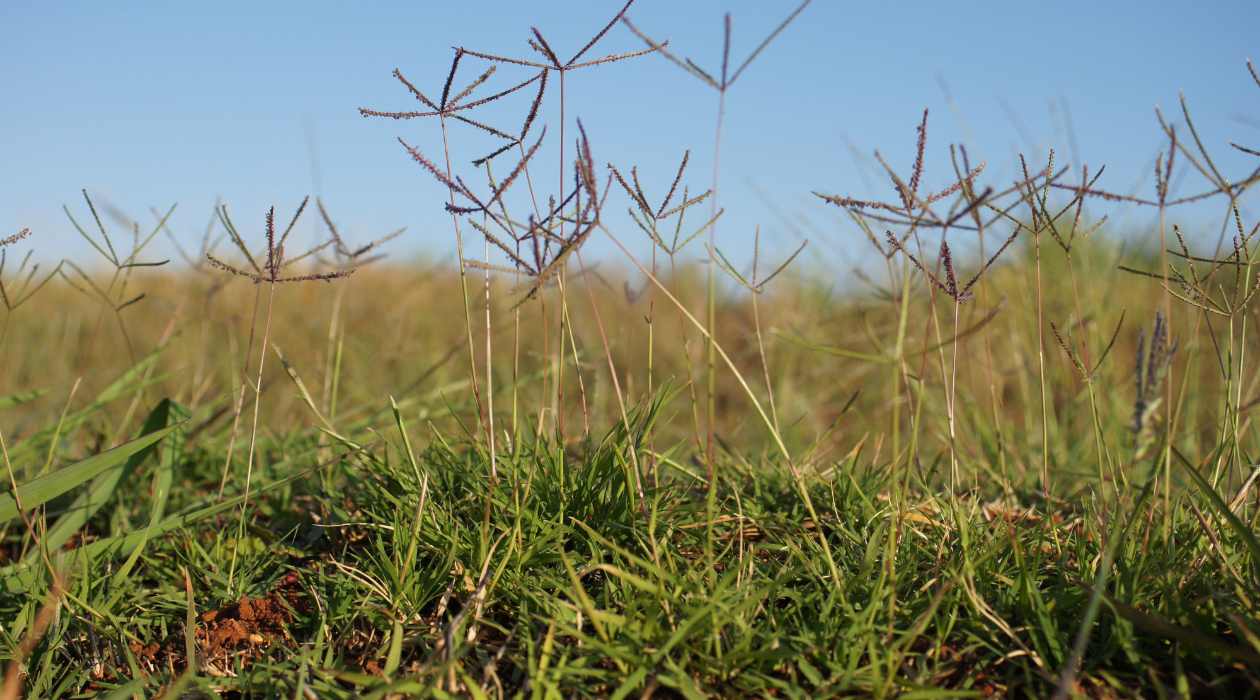

Landscaping Ideas
How To Get Rid Of Bermuda Grass In Flower Beds
Modified: September 2, 2024
Learn effective landscaping ideas to eliminate Bermuda grass from your flower beds. Discover expert tips and methods for a weed-free garden.
(Many of the links in this article redirect to a specific reviewed product. Your purchase of these products through affiliate links helps to generate commission for Storables.com, at no extra cost. Learn more)
Introduction
Welcome to the wonderful world of landscaping! Flower beds are the pride and joy of any garden, adding vibrant colors and natural beauty to your outdoor space. However, maintaining the perfect flower bed can be a challenge, especially when invasive weeds like Bermuda grass decide to take root. This persistent and fast-spreading grass can quickly overtake your carefully curated flower bed, stealing nutrients and water from your prized blooms.
But fear not! With a little know-how and some elbow grease, you can reclaim your flower beds and banish Bermuda grass for good. In this guide, we’ll explore the ins and outs of dealing with Bermuda grass in your flower beds, from understanding its growth habits to implementing effective removal strategies. Whether you’re a seasoned gardener or just starting out, these tips will help you keep your flower beds free from the clutches of Bermuda grass, allowing your flowers to thrive and shine.
Key Takeaways:
- Say goodbye to Bermuda grass in your flower beds by creating clear boundaries, vigilant weed control, and selective planting. Preventing its intrusion will keep your flower beds healthy and vibrant.
- To maintain a Bermuda grass-free flower bed, implement regular inspections, mulch renewal, proper watering, and strategic planting. Engage with local gardening communities to stay informed and share experiences.
Read more: How To Get Rid Of Bermuda Grass
Understanding Bermuda Grass
Before diving into the eradication methods, it’s crucial to understand the adversary you’re up against. Bermuda grass (Cynodon dactylon) is a warm-season perennial grass that is known for its aggressive nature and resilience. While it’s a popular choice for lawns and sports fields due to its durability and tolerance to foot traffic, it can wreak havoc when it infiltrates flower beds.
Bermuda grass spreads through an extensive network of both underground rhizomes and aboveground stolons, allowing it to quickly colonize any available space. Its wiry, tough stems and deep-reaching roots make it a formidable foe, capable of regenerating from even the smallest fragment left in the soil. This tenacious growth habit enables Bermuda grass to outcompete desirable plants for resources, leading to a decline in the overall health and appearance of your flower beds.
Identifying Bermuda grass is essential for effective control. It typically features fine-textured, wiry leaves and forms dense, low-growing mats. The leaves are arranged alternately along the stems and may have a bluish-green hue. Inconspicuous seed heads, resembling small, finger-like spikes, may also emerge during the growing season.
Understanding the growth patterns and physical characteristics of Bermuda grass is the first step in formulating a successful eradication plan. By familiarizing yourself with its behavior, you can tailor your approach to effectively combat this resilient intruder and restore the beauty of your flower beds.
Preventing Bermuda Grass in Flower Beds
Prevention is often the best defense against Bermuda grass infiltrating your flower beds. By implementing proactive measures, you can create an inhospitable environment for this invasive grass, reducing the likelihood of infestation and minimizing the need for extensive removal efforts.
1. Establish Clear Boundaries: When designing and maintaining your flower beds, create distinct boundaries using physical barriers such as edging materials or deep trenching. This helps prevent Bermuda grass from encroaching from surrounding areas and provides a clear demarcation for ongoing maintenance.
2. Vigilant Weed Control: Regularly inspect your flower beds for any signs of Bermuda grass intrusion, and promptly remove any stray stems or roots before they establish a foothold. This proactive approach can nip potential infestations in the bud, preventing the grass from spreading further.
3. Mulch as a Barrier: Applying a layer of organic mulch, such as wood chips or straw, can serve as a protective barrier against Bermuda grass. Not only does mulch suppress weed growth by blocking sunlight and hindering germination, but it also helps retain soil moisture and regulate temperature, creating a more favorable environment for your flowers while inhibiting the spread of Bermuda grass.
4. Selective Planting: When choosing plants for your flower beds, opt for species that are less susceptible to being smothered or outcompeted by Bermuda grass. Selecting taller, robust plants that can create a dense canopy can help shade out the grass and limit its ability to establish a stronghold.
5. Regular Maintenance: Stay on top of regular garden maintenance, including weeding, watering, and fertilizing, to promote the health and vigor of your flowers. A well-maintained flower bed with healthy, thriving plants is better equipped to resist and outcompete invasive species like Bermuda grass.
By taking proactive steps to prevent Bermuda grass from infiltrating your flower beds, you can create an environment that is conducive to the flourishing of your chosen blooms while minimizing the need for extensive removal efforts in the future.
To get rid of Bermuda grass in flower beds, carefully dig out the roots and rhizomes, making sure to remove all of them. You can also use a non-selective herbicide, but be careful not to spray it on your flowers.
Manual Removal of Bermuda Grass
When Bermuda grass has already established its presence in your flower beds, manual removal becomes a crucial part of the eradication process. While labor-intensive, this method can be highly effective, especially when combined with other control strategies. Here are some key steps to effectively remove Bermuda grass from your flower beds:
1. Thorough Root Extraction: Begin by carefully digging into the soil to unearth the entire root system of the Bermuda grass. Use a hand trowel or garden fork to loosen the soil and gently pull out the interconnected rhizomes and stolons. It’s essential to be thorough, as even small fragments left behind can regenerate into new plants.
2. Hand Pulling and Smothering: For smaller patches of Bermuda grass, hand pulling can be effective, especially when the soil is moist. Ensure that you grasp the base of the grass firmly and pull steadily to remove as much of the root system as possible. Additionally, smothering the grass with a thick layer of newspaper or cardboard, followed by mulch, can help deprive it of light and impede its regrowth.
3. Regular Monitoring and Persistence: After initial removal efforts, monitor the flower beds regularly for any signs of regrowth. Be persistent in addressing any new shoots or emerging Bermuda grass, promptly removing them to prevent reestablishment.
4. Minimize Soil Disturbance: While removing Bermuda grass, take care to minimize soil disturbance to avoid bringing dormant seeds to the surface. Disturbed soil can provide an opportunity for new seeds to germinate, potentially leading to a resurgence of Bermuda grass.
5. Composting with Caution: If you opt to compost the removed Bermuda grass, ensure that the compost pile reaches and maintains a high temperature to effectively break down the grass and its rhizomes. Avoid using compost that may contain viable Bermuda grass remnants, as this can reintroduce the weed into your flower beds.
Manual removal of Bermuda grass requires patience and diligence, but the effort invested can yield significant results in restoring the health and aesthetics of your flower beds. When coupled with preventive measures and ongoing maintenance, manual removal forms a critical component of a comprehensive weed control strategy.
Using Herbicides to Eliminate Bermuda Grass
When manual removal alone may not suffice, especially for widespread or persistent infestations of Bermuda grass in flower beds, the strategic use of herbicides can provide valuable assistance in achieving effective control. It’s important to approach herbicide application with caution and select products that are specifically formulated for Bermuda grass while minimizing potential impact on desirable plants. Here are key considerations and steps for using herbicides to eliminate Bermuda grass:
1. Selective Herbicides: Choose herbicides that are labeled for selective control of Bermuda grass in flower beds. These products are designed to target Bermuda grass while minimizing harm to surrounding ornamental plants. Carefully read and follow the manufacturer’s instructions and safety precautions before application.
2. Timing and Application: Herbicide application is most effective when Bermuda grass is actively growing and not under stress. Apply the herbicide according to the recommended timing, typically during the grass’s peak growth period. Ensure that the weather conditions are conducive to application, with minimal wind and no impending rainfall to prevent herbicide drift and runoff.
3. Spot Treatment: For localized infestations or areas with desirable plants in close proximity, consider spot treatment with a targeted herbicide application. Use a precise applicator, such as a paintbrush or sponge, to apply the herbicide directly to the Bermuda grass while minimizing contact with surrounding plants.
4. Post-Emergent Herbicides: Post-emergent herbicides are effective for targeting actively growing Bermuda grass. These products are absorbed through the foliage and translocated to the roots, effectively disrupting the growth and vitality of the grass. Selective post-emergent herbicides can provide targeted control without harming neighboring plants.
5. Follow-Up and Monitoring: After herbicide application, closely monitor the treated areas for signs of Bermuda grass decline. Follow up with any necessary repeat applications according to the herbicide label’s recommendations to ensure thorough control and prevent regrowth.
6. Safety Precautions: When using herbicides, prioritize safety by wearing appropriate protective gear, such as gloves, long sleeves, and eye protection. Keep children and pets away from treated areas until the herbicide has dried or as directed by the product label.
When used judiciously and in conjunction with other control methods, selective herbicides can be a valuable tool in combating Bermuda grass in flower beds. It’s essential to approach herbicide use responsibly, adhering to product guidelines and considering its potential impact on the surrounding ecosystem.
Read more: How To Get Rid Of Bermuda Grass In Zoysia
Maintaining a Bermuda Grass-Free Flower Bed
Once you’ve successfully eradicated Bermuda grass from your flower beds, maintaining a weed-free environment is essential to prevent its resurgence and ensure the continued health and beauty of your cherished blooms. Implementing ongoing maintenance practices and vigilance can help safeguard your flower beds against future invasions of Bermuda grass and other unwanted weeds.
1. Regular Inspections: Schedule routine inspections of your flower beds to promptly identify and address any signs of Bermuda grass regrowth or new weed encroachments. Early intervention is key to preventing weed establishment and minimizing the need for extensive removal efforts in the future.
2. Mulch Renewal: Periodically replenish the mulch layer in your flower beds to maintain an effective weed barrier. As mulch decomposes over time, it may become less effective at suppressing weed growth. Adding a fresh layer of mulch helps reinforce the protective barrier and enhances the visual appeal of your flower beds.
3. Proper Watering and Fertilization: Provide optimal care for your flowers by ensuring they receive adequate water and nutrients. Healthy, vigorously growing plants are better equipped to outcompete weeds, including any potential resurgence of Bermuda grass, and can contribute to a more resilient and weed-resistant flower bed ecosystem.
4. Strategic Planting and Maintenance: When introducing new plants or performing maintenance activities in your flower beds, exercise caution to prevent the inadvertent introduction of Bermuda grass or other invasive weeds. Inspect new plantings carefully and ensure that any soil amendments or additions are free from weed contaminants.
5. Addressing Weed Seedlings: Promptly remove any weed seedlings that may emerge in your flower beds, including Bermuda grass, before they have the chance to establish a foothold. Regular weeding and diligent monitoring contribute to the overall cleanliness and health of your flower beds.
6. Community Involvement: Engage with local gardening communities or extension services to stay informed about best practices for weed control and to share experiences and insights with fellow gardening enthusiasts. Learning from others and contributing to the collective knowledge base can enrich your approach to maintaining Bermuda grass-free flower beds.
By incorporating these maintenance practices into your gardening routine, you can cultivate and preserve a Bermuda grass-free environment in your flower beds, allowing your flowers to flourish and your outdoor space to radiate natural beauty and vitality.
Frequently Asked Questions about How To Get Rid Of Bermuda Grass In Flower Beds
Was this page helpful?
At Storables.com, we guarantee accurate and reliable information. Our content, validated by Expert Board Contributors, is crafted following stringent Editorial Policies. We're committed to providing you with well-researched, expert-backed insights for all your informational needs.
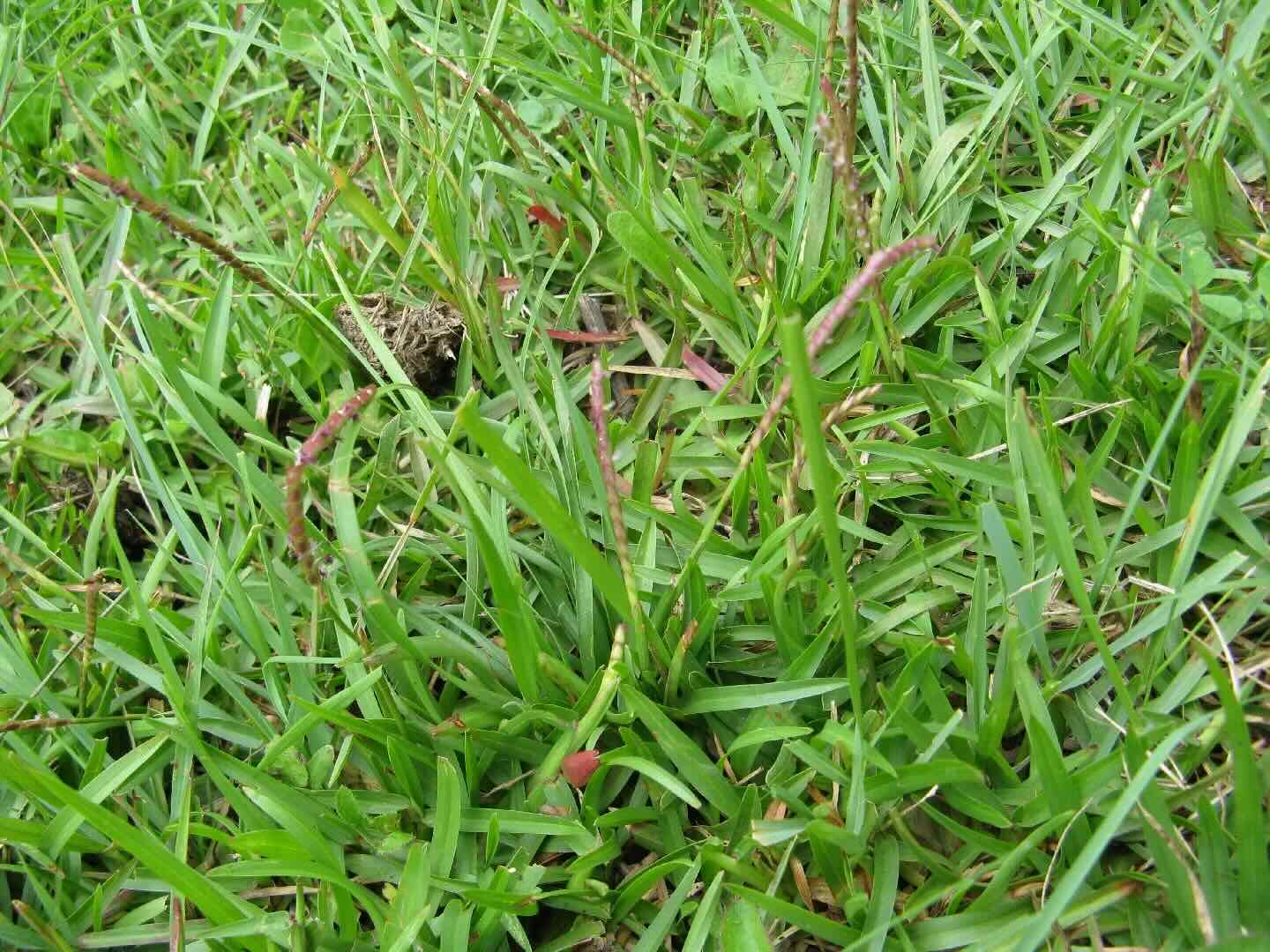
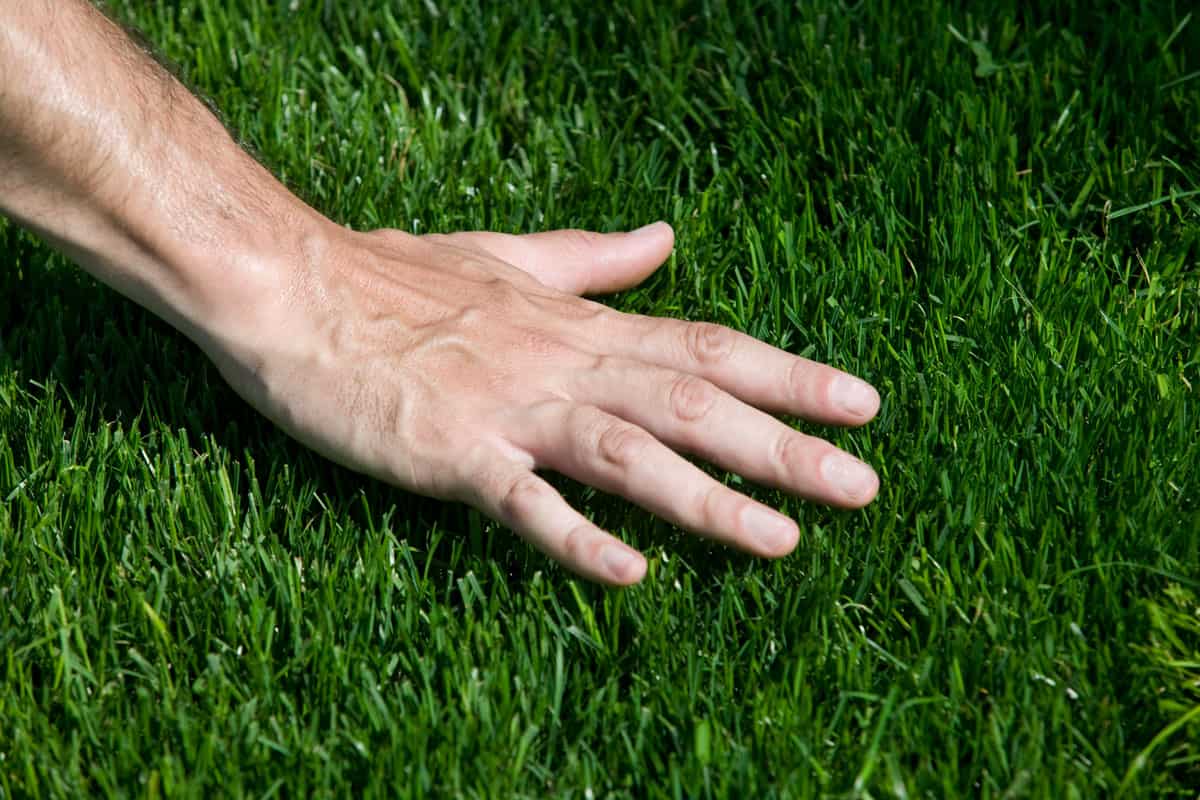


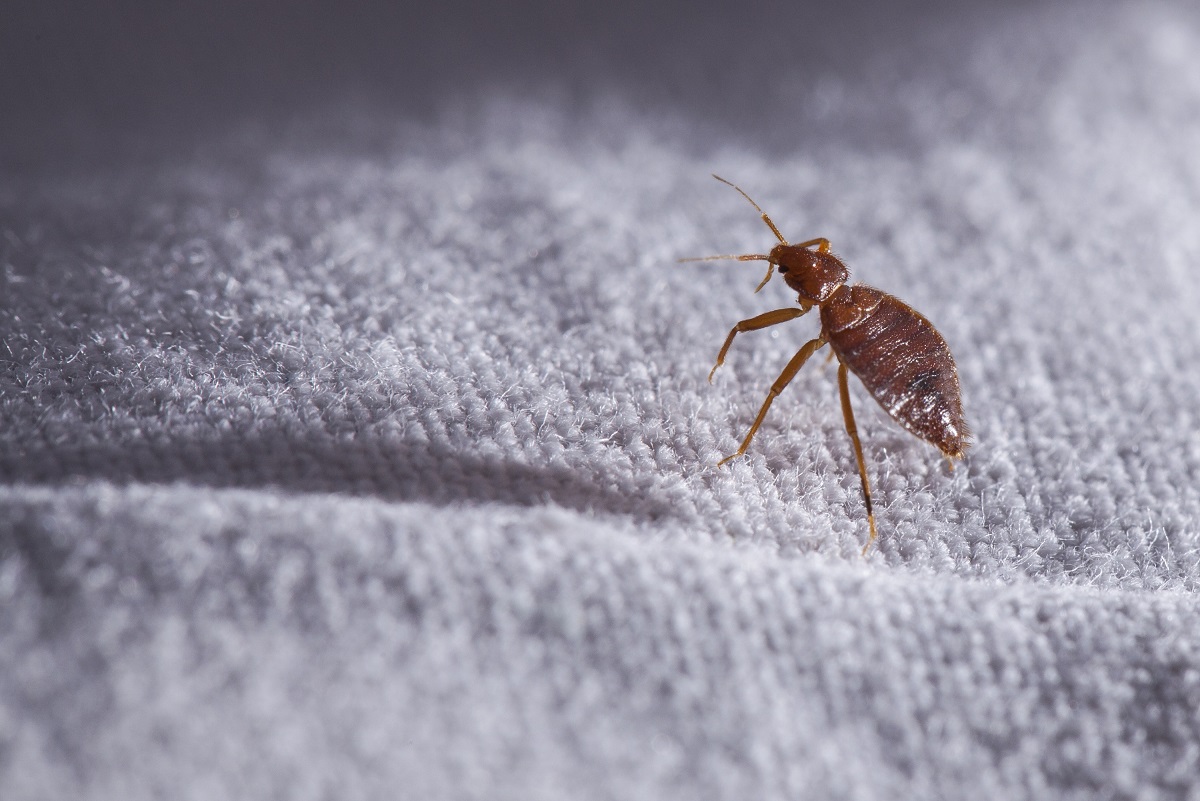
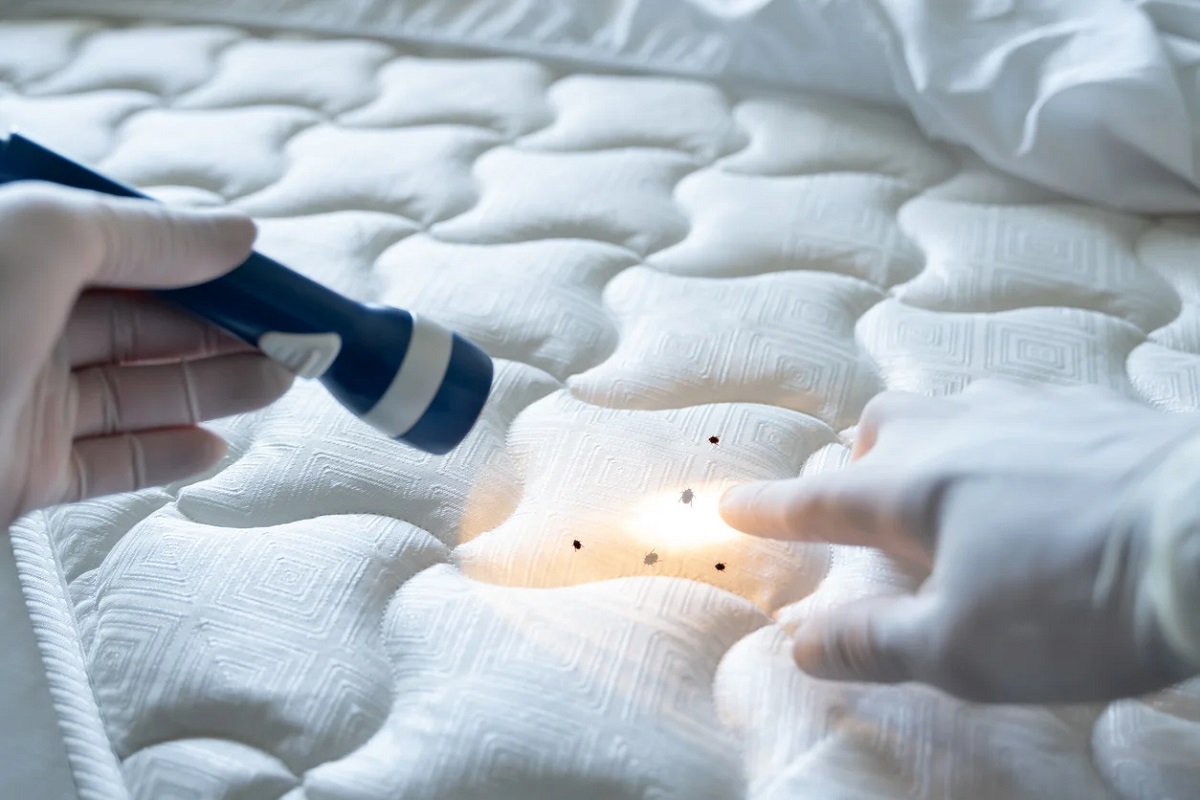









0 thoughts on “How To Get Rid Of Bermuda Grass In Flower Beds”